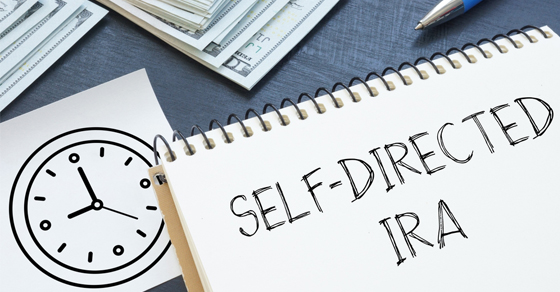A self-directed IRA can benefit your estate plan — but know the risks

Traditional and Roth IRAs can be powerful estate planning tools. With a “self-directed” IRA, you may be able to amp up the benefits of these tools by enabling them to hold alternative investments that offer potentially greater returns.
However, self-directed IRAs may present pitfalls that can lead to unfavorable tax consequences. Therefore, you need to handle these vehicles with care.
Alternative investments
Unlike traditional IRAs, which typically offer a limited menu of stocks, bonds and mutual funds, self-directed IRAs can hold a variety of alternative investments that may offer the potential to earn higher returns. The investments can include real estate, closely held business interests, commodities and precious metals. Bear in mind that they can’t hold certain assets, including S corporation stock, insurance contracts and collectibles (such as art or coin collections).
From an estate planning perspective, self-directed IRAs have considerable appeal. Imagine transferring real estate or closely held stock with substantial earnings potential to a traditional or Roth IRA and allowing it to grow on a tax-deferred or tax-free basis for the benefit of your heirs.
Risks and tax traps
Before taking action, it’s critical to understand the significant risks and tax traps involved with self-directed IRAs. For example:
- The prohibited transaction rules restrict dealings between an IRA and disqualified persons, including you, close family members, businesses that you control and your advisors. This makes it difficult, if not impossible, for you or your family to manage, work for, or have financial dealings with business or real estate interests held by the IRA without undoing the IRA’s tax benefits and triggering penalties.
- IRAs that invest in operating companies may generate unrelated business income taxes, which are payable currently out of an IRA’s funds.
- IRAs that invest in debt-financed property may generate unrelated debt-financed income, creating a current tax liability.
Proceed with caution
If you’re considering a self-directed IRA, determine the types of assets in which you’d like to invest and carefully weigh the potential benefits against the risks. Contact us with any questions.
© 2024
